It’s easy to assume humans have the upper hand in pretty much everything.

We’ve built skyscrapers, cured diseases, and launched rockets into space. We’ve got smartphones in our pockets and artificial intelligence writing our emails. But when it comes to certain abilities, animals have us beat, and then some. Their strengths aren’t just impressive; they put our best efforts into perspective. From senses that leave ours in the dust to survival skills that feel downright sci-fi, animals are in a league of their own. Here are just some of the things animals do better than us, and why it’s actually quite brilliant that they do.
1. Smell their way across vast distances

Dogs can detect scents at concentrations as low as one part per trillion. That’s like spotting a single drop of perfume in 20 Olympic swimming pools. Bloodhounds, in particular, can follow scent trails that are several days old and even track across rivers and busy roads. Their noses are so reliable they’re often used in search-and-rescue missions, law enforcement, and medical research.
Some dogs have even been trained to sniff out diseases like cancer and diabetes, with detection rates rivalling some of our best machines. Our noses, meanwhile, mostly just tell us whether the milk’s gone off.
2. See colours and patterns we can’t even imagine
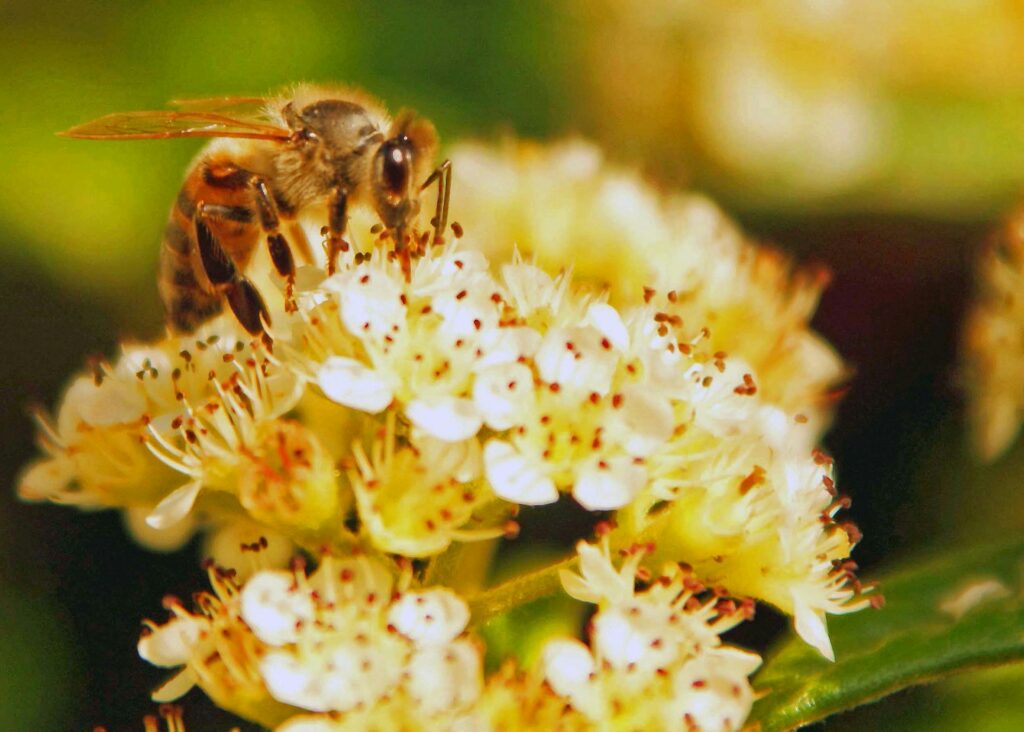
Mantis shrimp have up to 16 types of photoreceptors in their eyes (we have three), giving them access to ultraviolet and polarised light. To them, the world is layered with colours and patterns we physically can’t perceive. It’s not just prettier—it’s more informative.
Bees and butterflies also see ultraviolet patterns on flowers, guiding them to nectar and helping plants reproduce. We can’t even tell the difference unless we use special imaging. It’s a different visual reality altogether, and we’re totally missing it.
3. Navigate using Earth’s magnetic field
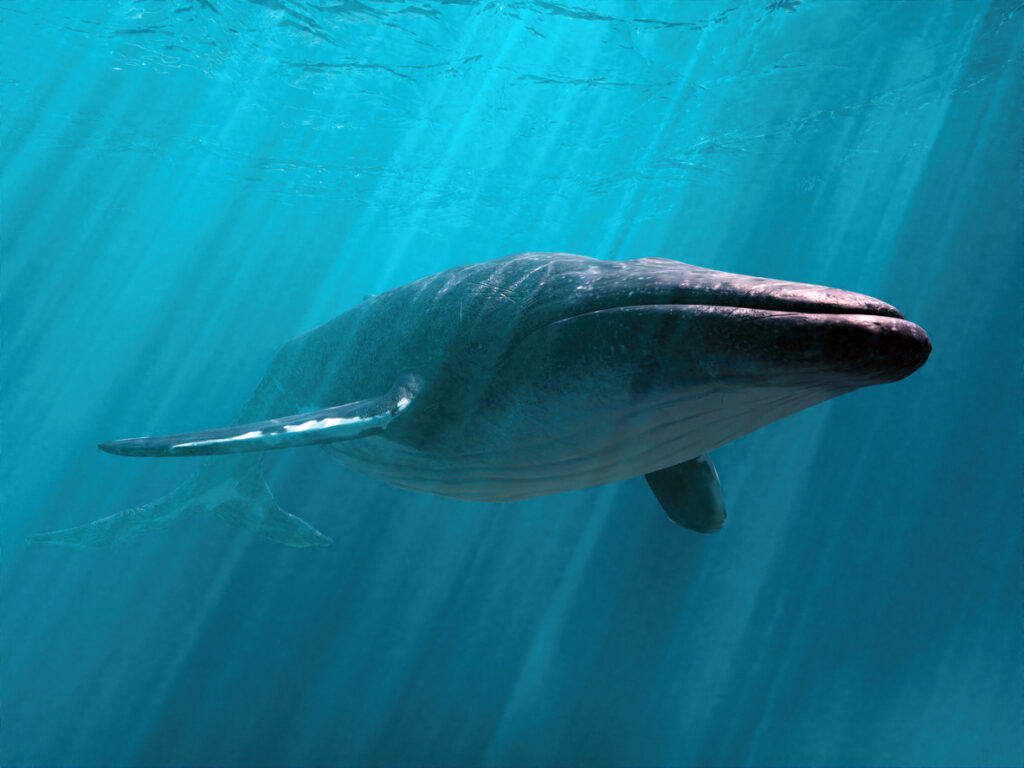
While we’re busy looking up directions on our phones, birds like the European robin, sea turtles, and even certain whales can sense the Earth’s magnetic field and use it to navigate astonishing distances. Some scientists believe they have magnetoreceptors built into their eyes or beaks, possibly allowing them to literally see magnetic fields.
Sea turtles, for instance, return to the same beach they were born on after travelling across oceans for decades. We’d struggle to do that with a map.
4. Hear sounds far beyond our range
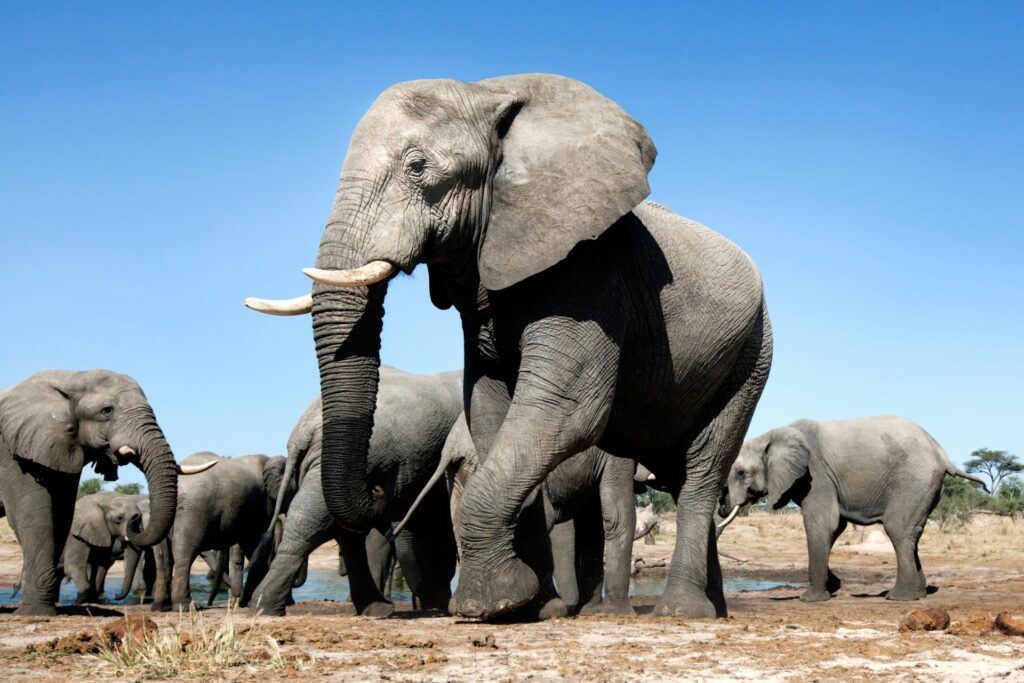
Elephants use infrasonic rumblings—sounds below the range of human hearing—to communicate across several kilometres. Bats, on the other end of the spectrum, emit high-frequency chirps and use the returning echoes to locate insects in total darkness. Dolphins do something similar underwater, using echolocation clicks to detect objects, identify other dolphins, and even spot injuries or pregnancy.
Our hearing range is stuck between 20 Hz and 20,000 Hz. Theirs? It’s like having built-in sonar.
5. Survive extreme conditions

Tardigrades, also called water bears, are microscopic animals that can survive boiling, freezing, extreme pressure, radiation, and even outer space. They do it by going into a near-dead, dried-out state called cryptobiosis, only to bounce back when rehydrated.
They’ve survived in space for over a week, and some researchers think they could even outlast us in a planetary extinction event. If there’s ever a last creature left on Earth, it’ll probably be a tardigrade. And it won’t even break a sweat.
6. Regrow body parts

Starfish can regrow entire arms. Axolotls can regenerate limbs, their spinal cords, and even parts of their brains and hearts. Flatworms can rebuild themselves from tiny fragments.
This isn’t just impressive—it’s a hot topic in regenerative medicine. Scientists are studying these creatures to understand how they manage such complex regrowth and whether we can apply that knowledge to humans. This 2018 study explores how axolotl regeneration could help shape future therapies.
7. Detect natural disasters before they strike
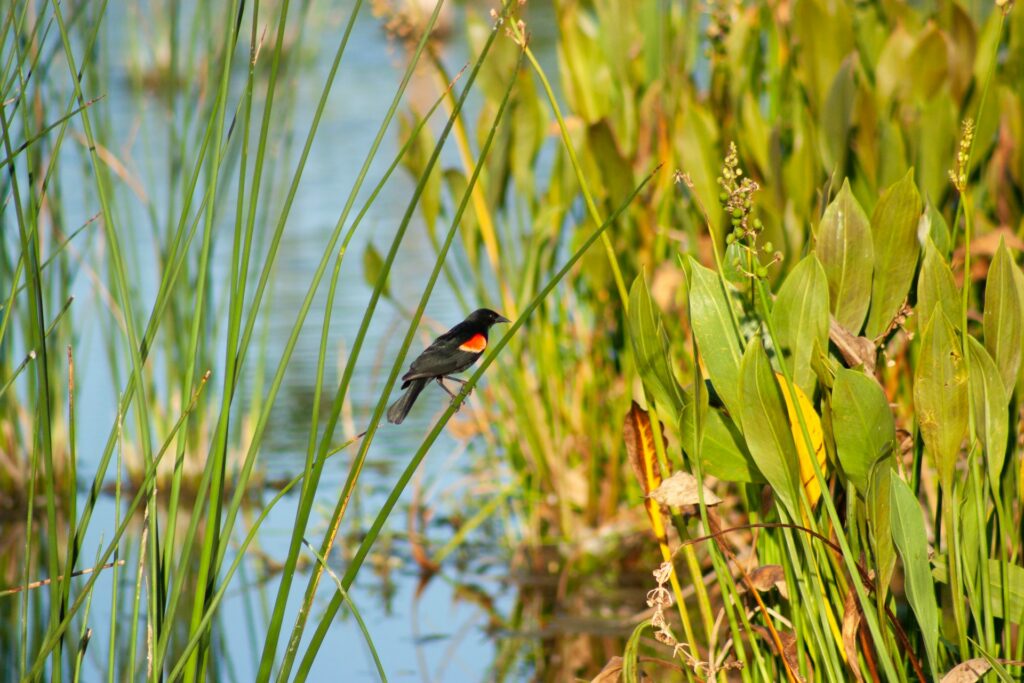
Countless animals have been observed behaving strangely before earthquakes, tsunamis, and storms. Dogs become agitated, birds fly erratically, elephants move to higher ground. Scientists think they might be sensitive to vibrations, shifts in the Earth’s magnetic field, or changes in air pressure that we can’t detect.
While we rely on sensors and early warning systems, some animals act as nature’s original alert system. We’re still trying to fully understand how they do it, but they’ve earned their reputation as early responders.
8. Fly, swim, and climb with ease
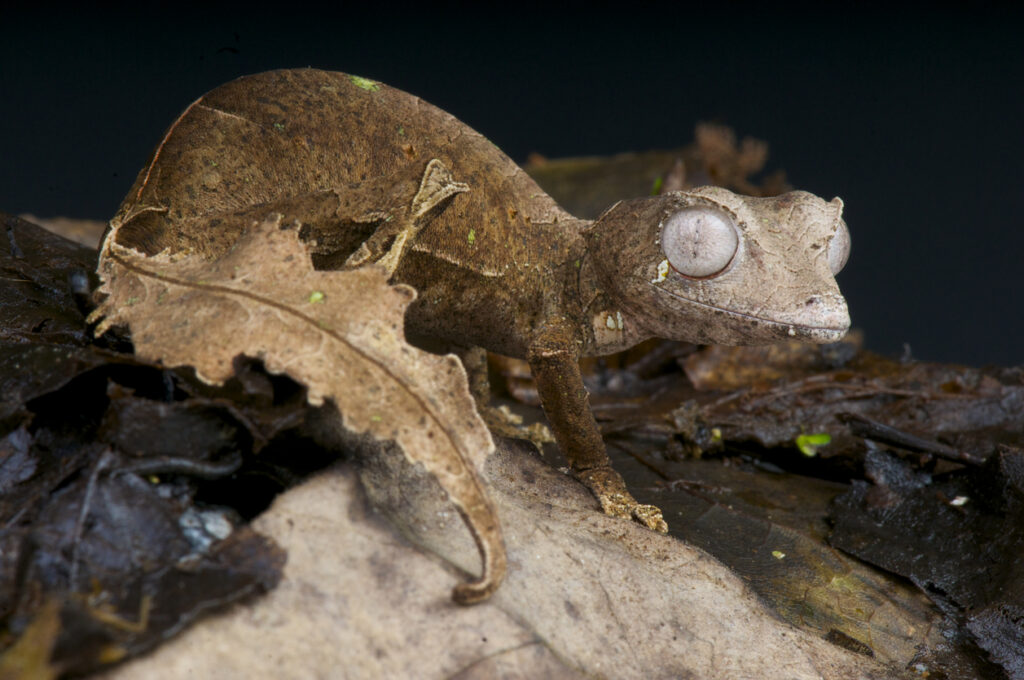
Peregrine falcons can reach speeds over 200 mph during a dive, making them the fastest animals on the planet. Humpback whales can migrate thousands of kilometres across the sea, navigating complex currents. Geckos can stick to walls and ceilings using the microscopic structure of their feet. Mountain goats scale vertical cliffs as if they’re walking on flat ground.
We’ve built vehicles to help us do some of these things, but animals do them all naturally, with perfect efficiency and without charging a battery.
9. Use tools, and even teach their young
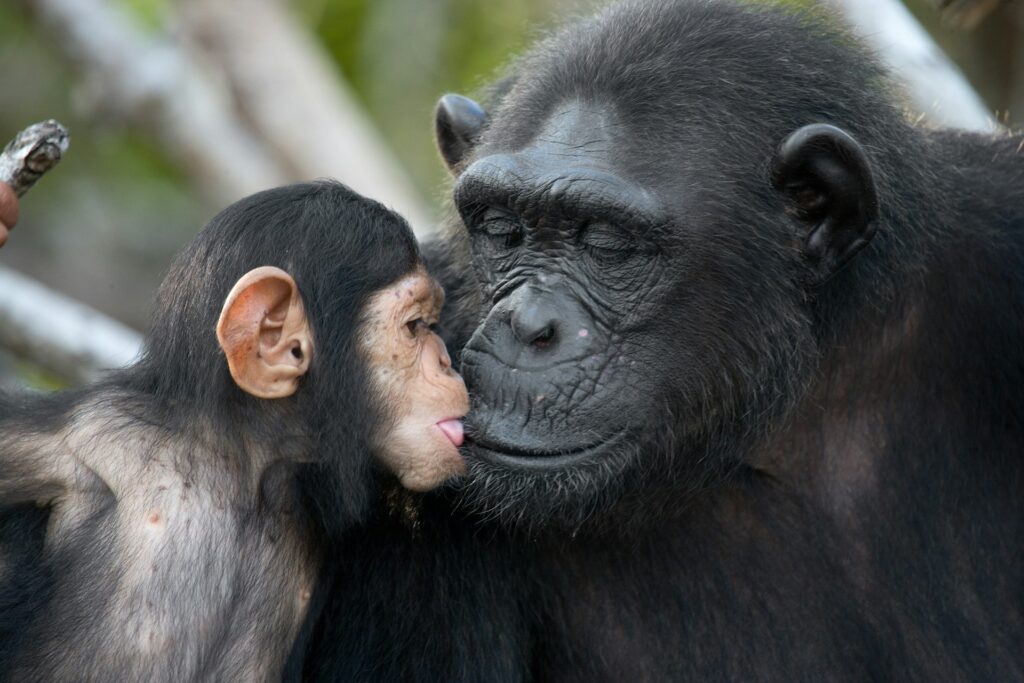
Chimpanzees use sticks to fish for termites, dolphins use sponges to protect their noses while foraging, and crows drop nuts onto roads for cars to crack. What makes this even more impressive is that many animals teach these behaviours to their young.
This passing on of knowledge is a sign of culture. This paper from Science explores how animal tool use may reflect social learning. It’s not just clever; it’s communal.
10. Build without blueprints
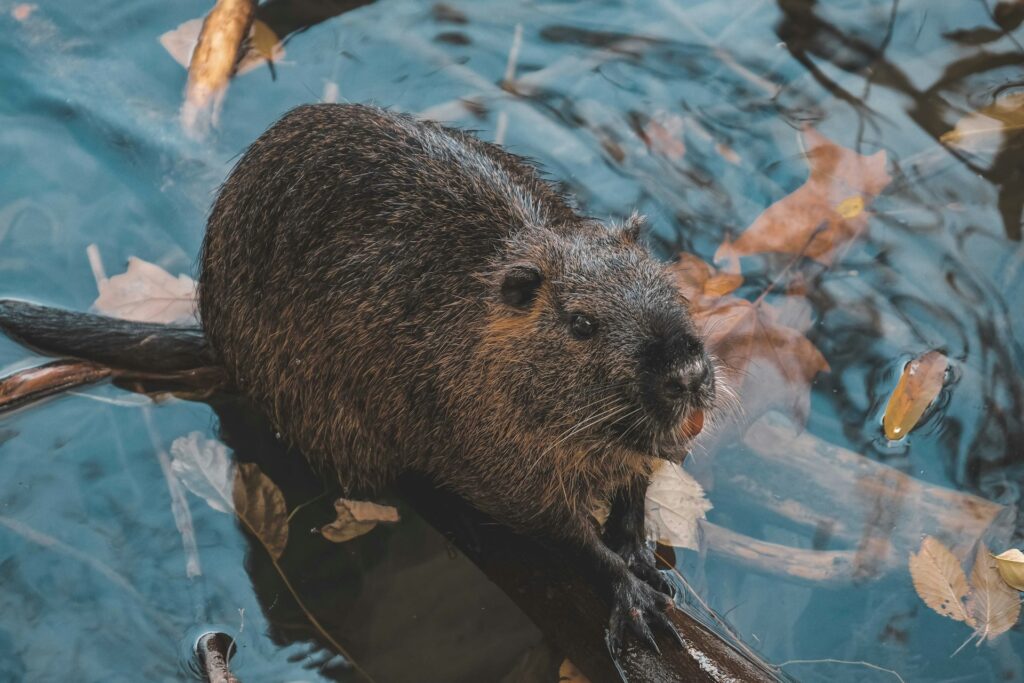
Beavers build dams that can transform entire landscapes. Termites create mounds with natural ventilation, humidity control, and insulation. Weaverbirds use nothing but their beaks to create detailed woven nests that can take days or weeks to construct.
These structures often outperform human engineering in terms of efficiency and sustainability. They don’t use machines, measuring tools, or blueprints, just inherited knowledge and instinct. Yet somehow, they get it right every time.
11. Feel and express complex emotions
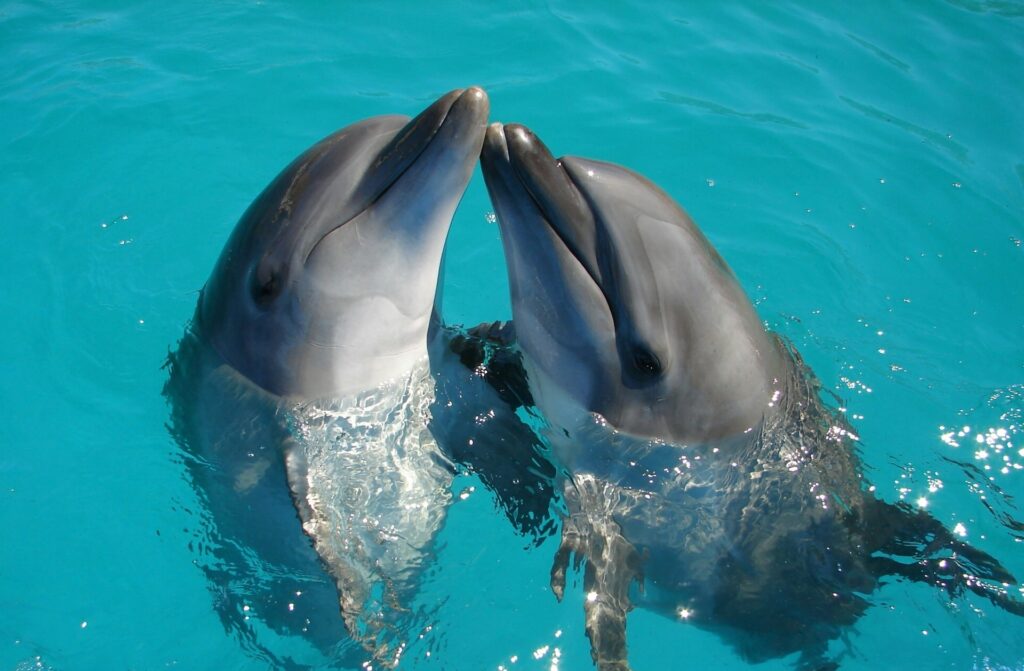
Elephants have been observed mourning their dead, revisiting the bones of lost family members and standing in silent tribute. Dolphins play, protect their injured, and show clear signs of joy, frustration, and grief. Rats have demonstrated empathy, freeing their trapped companions even when a food reward is present.
The idea that emotion is a uniquely human trait is outdated. Animals feel deeply, and often express it without inhibition or complexity. In many ways, their emotional clarity is something we could learn from.
12. Live in harmony with their environment

Most animals take what they need and nothing more. They fit into their ecosystems, contributing to the balance rather than throwing it off. Wolves keep prey populations healthy. Coral reefs host and support thousands of marine species. Earthworms enrich soil just by going about their business.
Contrast that with the human footprint: pollution, deforestation, overconsumption. Animals don’t leave a mess behind. They’re part of the system, not the problem.
It turns out we have a lot to admire in the animal kingdom, and not much to be jealous of.

Animals aren’t trying to outdo us; they’re just really good at being who they are. And in many ways, that’s the lesson: success doesn’t always look like invention or control. Sometimes, it looks like listening better, moving smarter, or being more in tune with the world around you.
So next time you see a dog sniffing something invisible or a bird swooping across the sky like it owns the place, maybe pause, and take it as a reminder: brilliance doesn’t always need bells and whistles. Sometimes, it just needs fur, feathers, or scales.